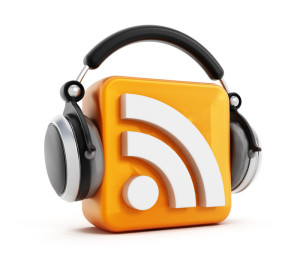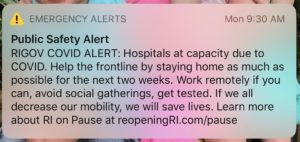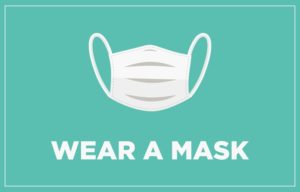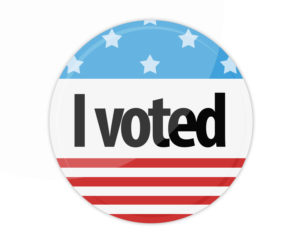Who inspires you? Is it an historical figure, a well-known contemporary figure, or someone you know personally? If you are like me, it is probably a number of people. I pose this question to you during Women’s History Month and must ask myself that same question.
Women’s History Month and must ask myself that same question.
Being on zoom calls from my home office every day, people are quick to notice and comment on the Ruth Bader Ginsburg portrait on the wall. She was truly an inspiring role model and her legacy lives on. The portrait is by a local artist, Taryn Nunez. I bought it at the 2020 Women’s Fund of Rhode Island (WFRI) annual fundraiser and silent auction (all virtual of course). WFRI invests in women and girls through research, advocacy, grant making, and strategic partnerships designed to achieve gender equity through systemic change. I support WFRI both financially and with volunteer time. I love that my RBG art is a conversation starter for both men and women who I “zoom” with. And I often hear stories of their daughters who consider RBG their hero.
I also have a picture on my desk that only I see. It is my mother a few years before she died from cancer. I am now the same age that she was when she died – a rather sobering fact. We grew up in very different times. She did not live long enough to see my life as a wife and mother beyond the first few years nor how my career has evolved. She was widowed in her early 40s and raised the four of us on her own. She inspired me at a young age to be strong, independent, and giving. Volunteer work was something we all did. We did not have much, but we could always help others who had less.
I must admit that growing up I didn’t have female heroes, but I read a lot of biographies of famous women. Continue reading








